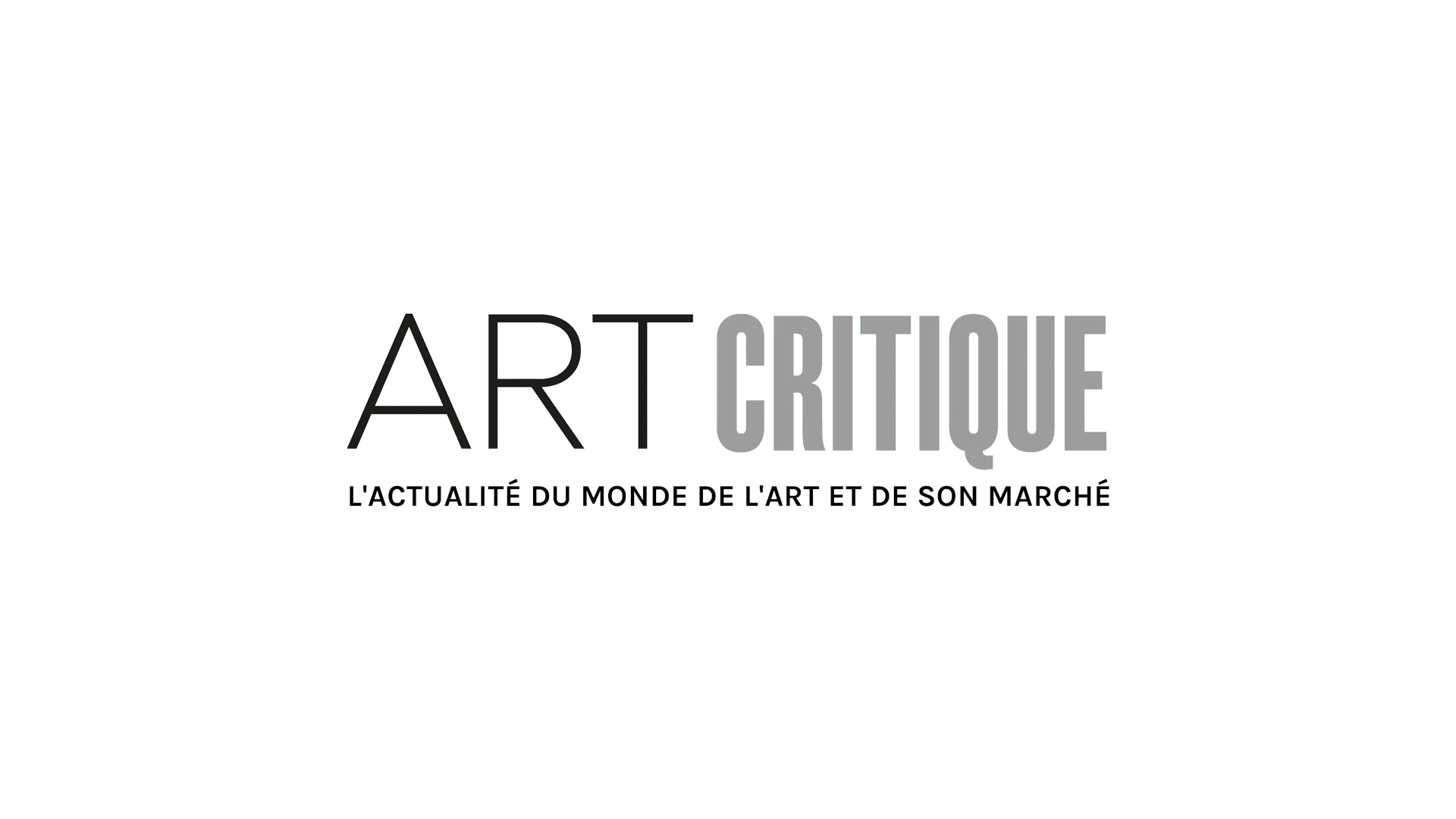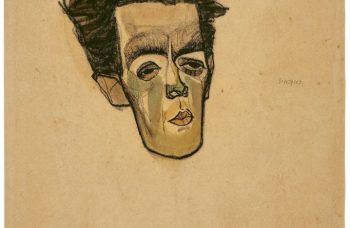Imagine searching over 10 years for stolen artwork – artwork that might turn up, but might also be so well hidden it remains elusive, or has already been destroyed out of fear that it could lead to the thief. This, exactly, is the job of Dutch art detective Arthur Brand and his most recent case. Known as the ‘Indiana Jones of the art world’, Brand recently found two priceless Visigoth reliefs stolen from a church in Spain in 2004 which he handed over to the Spanish embassy in London on January 21st.
Brand traced the pair of reliefs to the home of an unnamed English nobleman living in north London who bought them in good faith and had no idea of the stones’ history. Thought to be over 1,000 years old, the 110-pound stones – one of which depicts John the Evangelist – were taken from Santa Maria de Lara church in the north of Spain. The church itself was only rediscovered in 1921 and was quickly recognized as a major cultural landmark.

After the reliefs were stolen, Brand began his search, which led him to England after an unnamed informant – Brand refers to him as Mr. X – tipped Brand off that ‘something strange’ was hitting the market in London in 2010. The reliefs were sold as lawn ornaments but Mr. X recognized them as the Visigoth artworks. Brand eventually sussed out that the professional art thieves sold the artworks to an unwitting French dealer under the guise of lawn ornaments so not to raise suspicions. The thieves knew they couldn’t sell them for millions like they’d hoped because they were priceless religious works. By doing this, they knew they could ‘make at least a little bit of money’ Brand said. The French dealer then sold them to a British dealer who finally sold them to the English owners for about £50,000. It seems that neither of the dealers nor the buyers knew the history of the reliefs, though, and when Brand found them in the buyer’s north London house they were covered in mud and leaves.
When the buyers were told they were unsurprisingly ‘shocked’ Brand told the AFP. He continued: ‘Once we contacted the owners they got quite nervous, because these priceless 1,300-year-old artifacts that were made for the Spanish sun were in their garden exposed to the English rain.’
The 15-year search came to an end when Brand turned the artworks back over to their rightful owners at the Spanish embassy in a private ceremony.
The art sleuth said the hunt for these religious works was ‘worthy of a Dan Brown novel’ after they were found. The return of the objects will not only reinstall original aspects of the Visigoth church but they may help in ongoing research of Santa Maria de Lara.





